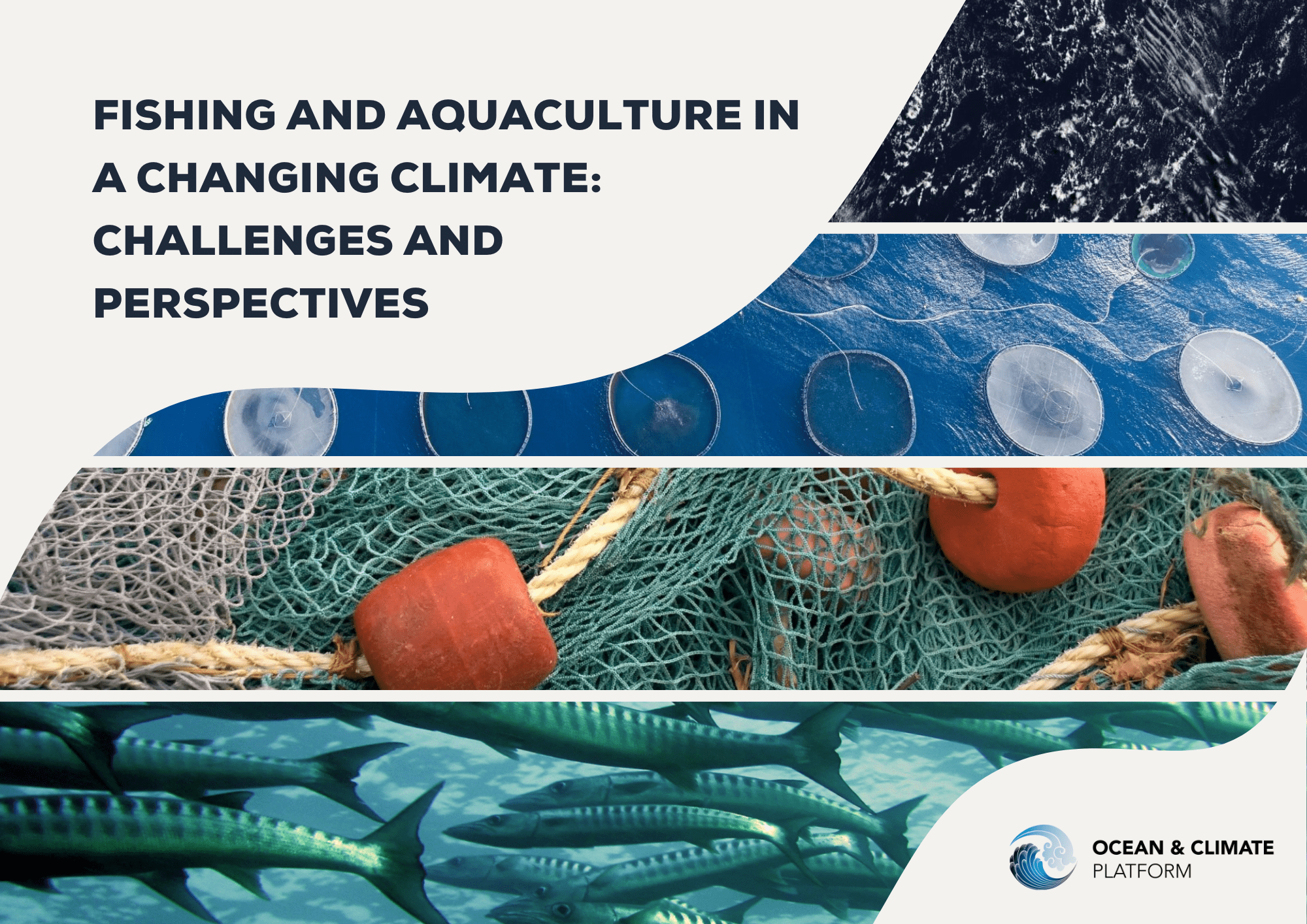Climate change is one of the most pressing global challenges, affecting various industries, including aquaculture. The fish farming industry, which plays a crucial role in food security and economic development, is particularly vulnerable to changing environmental conditions. Rising temperatures, ocean acidification, and extreme weather events are reshaping the landscape of aquaculture, presenting both challenges and opportunities.
Rising Water Temperatures
One of the most immediate effects of climate change on fish farming is the increase in water temperatures. Fish are highly sensitive to temperature fluctuations, and even small changes can impact their growth, reproduction, and overall health. Warmer waters can accelerate metabolism and increase oxygen demand, leading to higher mortality rates if oxygen levels become insufficient. Additionally, certain fish species may struggle to survive in altered thermal conditions, forcing fish farmers to adapt by shifting to more heat-tolerant species.
Ocean Acidification and Water Quality
The increasing concentration of carbon dioxide (CO2) in the atmosphere leads to ocean acidification, which disrupts the delicate balance of marine ecosystems. Acidified waters can weaken the shells and skeletons of shellfish and other aquatic organisms, posing a threat to species like oysters, mussels, and shrimp that are vital to aquaculture. Moreover, changes in water pH can affect fish immune systems, making them more susceptible to diseases and parasites.
Extreme Weather Events
Climate change has intensified the frequency and severity of storms, hurricanes, and floods, which pose significant risks to fish farms. Extreme weather can damage aquaculture infrastructure, contaminate water sources, and disrupt supply chains. Coastal and inland fish farms alike are at risk, as unpredictable weather patterns make planning and resource management more challenging.
Shifts in Fish Populations and Migration Patterns
Rising ocean temperatures and changes in salinity levels are causing shifts in fish populations and migration patterns. Fish farmers who rely on wild-caught juveniles for stock replenishment may find it increasingly difficult to source fish due to these unpredictable movements. Additionally, invasive species may thrive in new environments, disrupting existing aquaculture systems.
Adaptation Strategies for the Industry
To mitigate the impact of climate change, fish farmers are adopting various strategies:
Selective Breeding and Genetic Research: Developing fish strains that are more resilient to temperature fluctuations and diseases.
Sustainable Farming Practices: Implementing eco-friendly techniques, such as integrated multi-trophic aquaculture (IMTA), which enhances biodiversity and improves water quality.
Technological Innovations: Utilizing advanced monitoring systems to track water quality, temperature, and fish health in real-time.
Diversification: Expanding production to include more climate-resilient species and alternative aquaculture systems like recirculating aquaculture systems (RAS).
Fazit
The fish farming industry faces significant challenges due to climate change, but proactive measures can help mitigate its impact. By embracing technological advancements, sustainable practices, and adaptive strategies, aquaculture can continue to thrive in an era of environmental uncertainty. Governments, scientists, and industry stakeholders must work together to create resilient systems that ensure food security and economic stability in the face of climate change.

